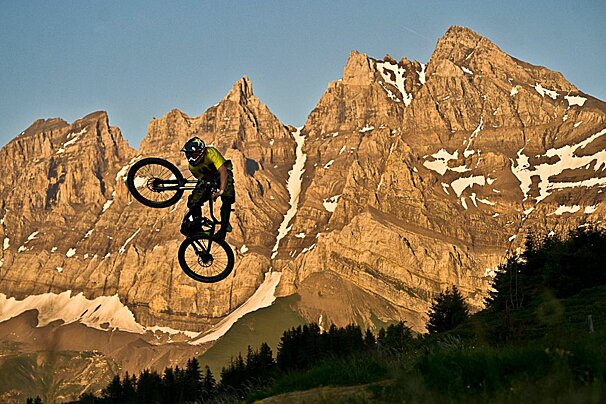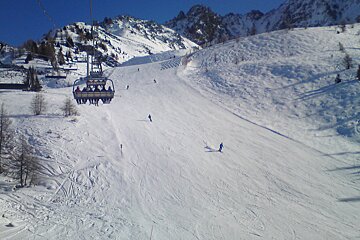
© Sam Birch

© Sam Birch
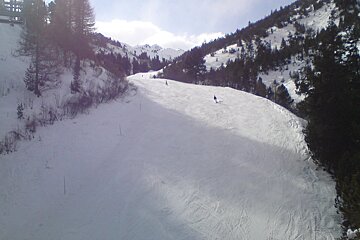
© Sam Birch

© Sam Birch

© Sam Birch
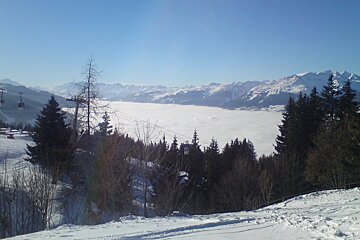
© Sam Birch
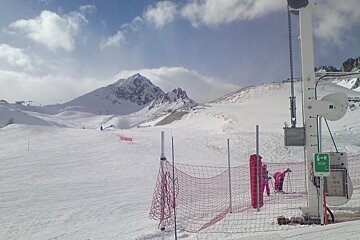
© Sam Birch
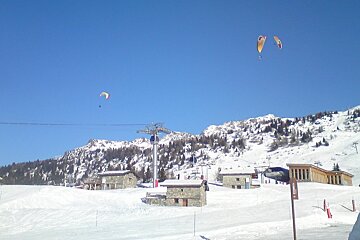
© Sam Birch
A day on the pistes in Les Arcs
Up-to-date snow conditions & where to find the best pistes
Yet again the weather has been absolutely glorious for the majority of the week, with a few clouds beginning to move in on Thursday afternoon.
There is some suggestion there may be a few flurries of snow throughout the Les Arcs area over the next couple of days but, mainly, there will be less sun over the weekend and more wind; it is therefore a good time to explore the many forested areas.

Today I went on an afternoon mini-tour of the whole ski area to determine the best (and worst) pistes across all the resort. The majority of the slopes are running quickly at present, with even the usual flat areas providing less resistance. A few hard patches have formed on some of the runs, typically on the lower echelons. The piste-bashers have been regularly grooming, so it is often best to check the signs, or ask a lift-operator, for the best pistes on any given day. Some serious wind is building up, so the more exposed pistes may suffer a little.
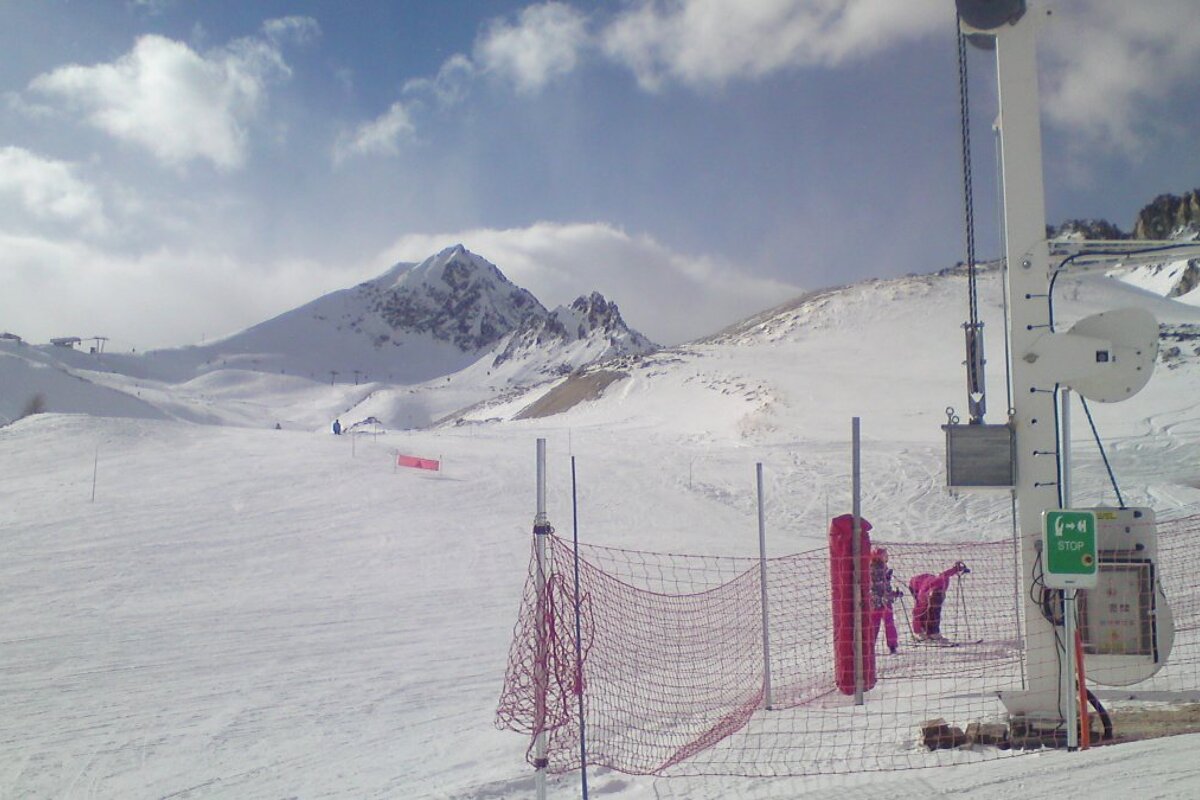
Mini-tour: first leg
Starting in Arc 1600, I took the Cachette lift up to the Belvedere blue run, which is running quickly but consistently. At the marked junction underneath the Snowpark lift, just before the Arpette bar, there is a harder patch of snow, so be careful when passing through. Having taken the Arpette lift up to the top, it was then onto the short top section of the very pleasant Lac (red) run and the Plan Vert dragrope. The Plan (blue) run remains straightforward, with no nasty surprises, the only problem being its popularity (and conspicuously gentle incline).
I took the Varet and Aiguille Rouge gondolas to the highest summit of Les Arcs (3226 metres). The Aiguille Rouge (black) piste is actually in pretty good condition, despite the recent wind. The initial section is hard in patches, with the winding top half of Arandelières impeded by a few small stones. The glacier sector, before the red and black runs split, has become rather icy and the left-hand side is thin in places. After that, the piste improves a lot and is consistent, fast and fun until the bottom of the Droset lift.
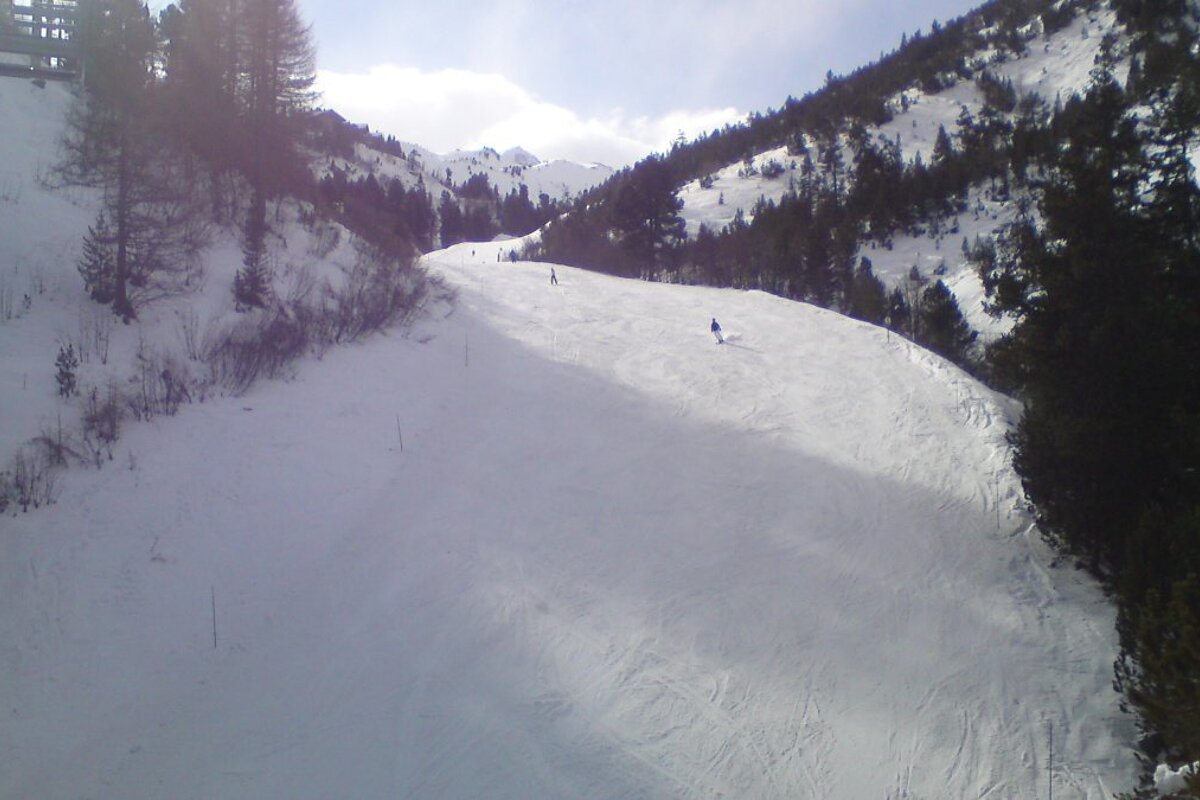
Dropping onto the Bois de l’Ours lift, I returned to L’Arpette peak, rode the upper length of Plan (blue) and jumped off onto the second-stage of the Lac run. This was empty and fast until the (somewhat unexpected) moguls approaching the Edelweiss intersection. A long and primarily straight blue run, Edelweiss is really nice at the moment, with the ground-cover getting a bit thin towards the very bottom. A quick jaunt on the Pre Saint Esprit lift and it was time for a cheeky “vin chaud” in the Igloo bar.
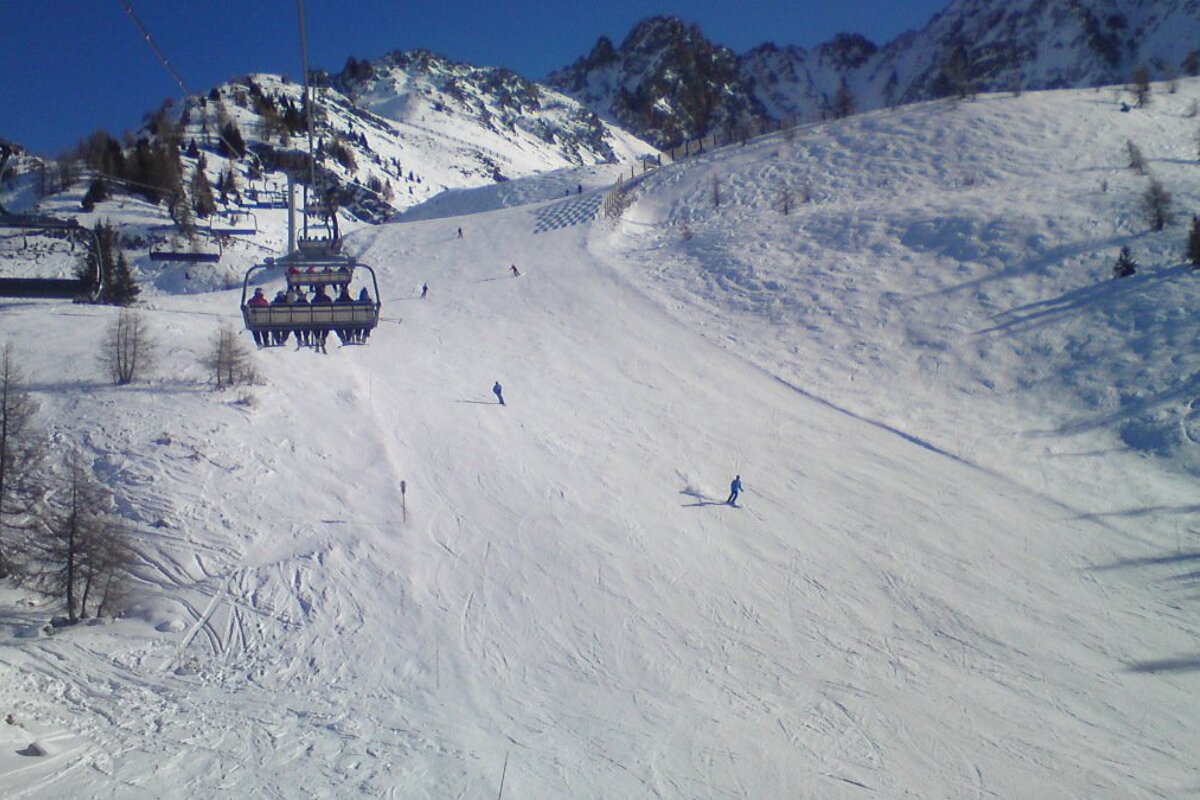
Mini-tour: middle leg
Suitably refreshed, it was only a short scoot to the Arcabulle lift and some fun in the off-piste around the closed Tuffes run. Although the area is now well-ridden and rather predictable as a result, there are still plenty of rocks poking through, so do not get too complacent. In addition to some properly-moguled segments, an informal “pipe” has formed next to the Plagnettes (red) run providing alternative fun for the adventurous. Plagnettes and Teppes (reds) are hard in the steeper sections, but better in the moguls. Where each of them flattens out, they are constant and quick.
Back up to the Col de la Chal on the Plagnettes lift (it is generally quieter than the Arcabulle, and you only miss out on a short, wide, flat run) and I joined the Grand Renard red piste towards Peisey-Vallandry and Arc 1800. The Grand Renard is in very good order and, at the moment, makes a great long run if you continue down the Grand Mélèzes (blue) to Arc 1800. On this occasion I headed past the Derby lift, on Renard (blue) to the top section of Peisey-Vallandry.
Typically, Grive (blue) is running beautifully from the “2300” lift and is a stunning place to learn the basics. It’s also good for a short blast. If you continue down onto Ours, you will enjoy yourself thoroughly up until the Retour Plan Peisey (blue) crossing. I traversed across to Aigle (red) and down to Vallandry for a spot of lunch. Like Ours, Aigle is awesome at the top, less-so at the bottom: be sure to pick your route on both these pistes to avoid the sheer sections.

Mini-tour: final leg
Having demolished a Panini and large glass of water, I boarded the adjacent Vallandry lift and began my journey back to Arc 1600. Primarily, this involved dropping onto the Myrtilles (red) run, which is mostly tree-lined, fast with no hard patches and curvy until the bottom of the Derby lift. Ascending once again I was presented with a very good choice of runs; Bosses (black) is quick and straight with no moguls; Belette (red) feels like the fastest piste on the mountain at the moment, inspiring confidence to go that little bit quicker; and Renard is wide, quite consistent with a little variation in incline and direction.
I smashed Belette and joined the “Piste Mauve,” Maîtaz, which was very busy with groups of skiers, but not unpleasant, all the way across to Arc 1800. The best slopes for beginners in this resort are the ones around Mille 8, particularly Cabanes, which seems to be perfectly groomed every day.
I used the Villards gondola to get above the Carreley lift, and took that up to the Col des Frettes. The Clair Blanc (red) run is almost impossible to access without riding over bare ground at the top, but the Arpette (blue) and Froide Fontaine (red) runs are riding nicely at the moment. I followed Arpette to the bottom section of the Cachette (red) run, before hammering back to the funicular. Cachette has remained fairly decent despite the recent winds and is definitely groomed more than most but, if it is looking sheer stick to the edges (where you generally find a little more grip).
Take a look at the Piste Maps to find your way around.



















